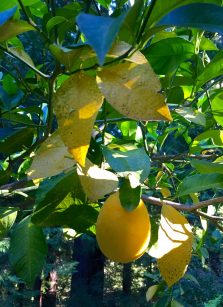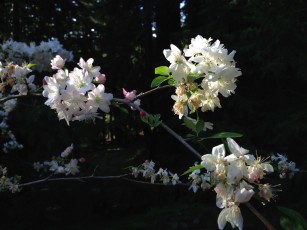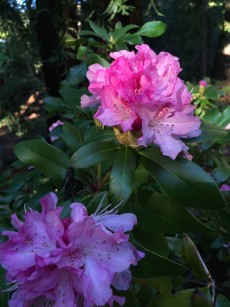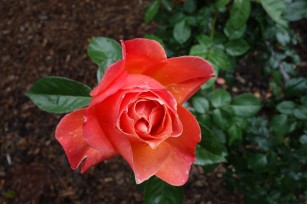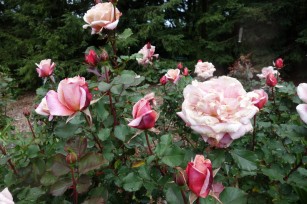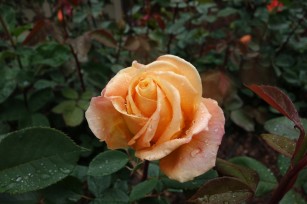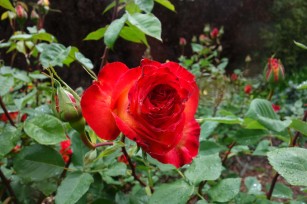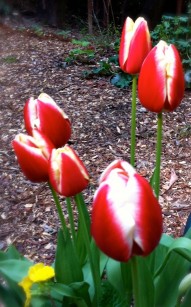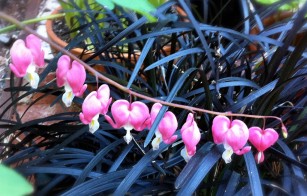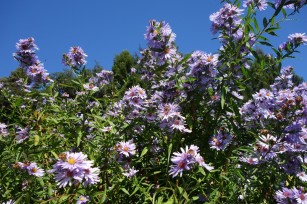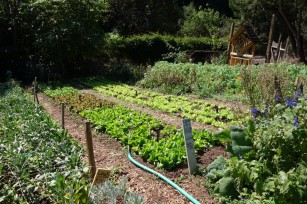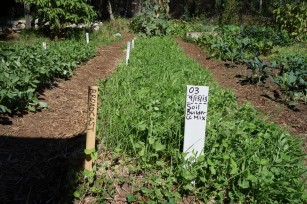Whether you grow one fruit tree or a home orchard full of them there is always something to learn from an expert and Orin Martin of UCSC Farm and the Alan Chadwick Garden is just the guy to help. With nearly 40 years of hands-on experience at UCSC he says he?s come up with a successful method of caring for fruit trees including pruning and fertilizing . ?I?ve made every mistake in the book?, he laughs.
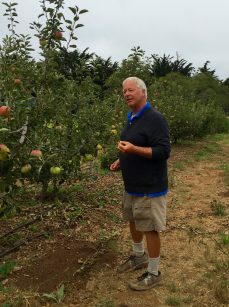
The UCSC Farm and Alan Chadwick Garden on the campus are both internationally known for training, research and public education. Recently I had the opportunity to join Orin during the Summer Orchard Walk at The Farm as he discussed the care of fruit trees and summer pruning to improve tree shape and productivity. Between jokes he shared many tips including the importance of fertilization and preparing an orchard for fall and winter.
Deciduous fruit trees are genetically programmed to start root growth early as they originated in the cold winter climates of Northern Iran, Uzbekistan and other central Asian areas. Their growing season begins in January or February which is 3-5 weeks prior to any visible bud swell when soil temperatures are still in the low 40?s. With this in mind Orin recommends starting fertilization early. Organic fertilizers take longer to become available to the tree and you want to maximize the early growth spurt in spring.

Orin has a recipe for fertilizing young fruit trees that is used throughout the Farm and Garden. It?s comprised of compost and an organic source of nitrogen such as blood meal, 8% Nitrogen Sustane or Dr. Earth granular. A young tree will need additional nutrients in May and possibly July if the tree is not putting out sufficient structural growth. Fast acting liquid fertilizer such as fish emulsion and liquid kelp can be substituted for the early summer feeding. The second wave of growth occurs in fall. Slow acting organic fertilizer is best at this time.
Next year?s fruit buds are formed in late spring to early summer at the same time current fruit is growing so nutrient needs are extremely important at this time. If a mature tree is growing well its yearly fertility needs may be met by growing a bell bean crop as green manure over the winter.
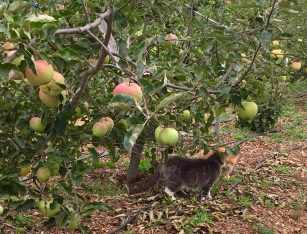
The two resident garden cats followed our group as Orin demonstrated summer pruning of Ginger Gold apples, Flavor King pluot and Seckel pears. Most are trained to a open center with some having a modified central leader. I asked what he would do if no central leader grew after heading back a young tree whip. ?Then I?d train it with an open center. You?ve got to play the hand your dealt?, he laughed.
?Ladderless? harvesting and care is the goal to pruning in summer and winter. Summer pruning from early August to mid September stops growth and is done to limit height and length of branches to encourage more fruiting shoots. Winter pruning creates the tree?s structure. ?When you don?t want a tree any taller, stop winter pruning?, Orin told us.
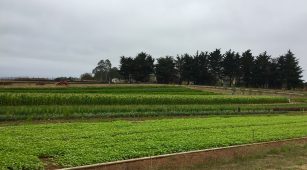
Throughout the orchard walk Orin Martin shared interesting tidbits of information. Seems that pest problems such as European blister mite and pear slugs are being observed here at for the very first time.
The USCS Farm & Garden has free monthly guided tours as well as a calendar of educational talks and events. It is open daily for everyone to learn and enjoy. Kids tours are offered during the school year in the Life Lab Garden Classroom.


